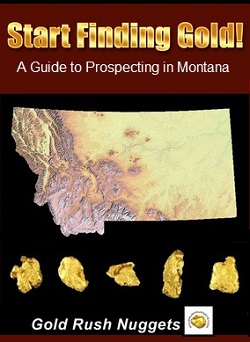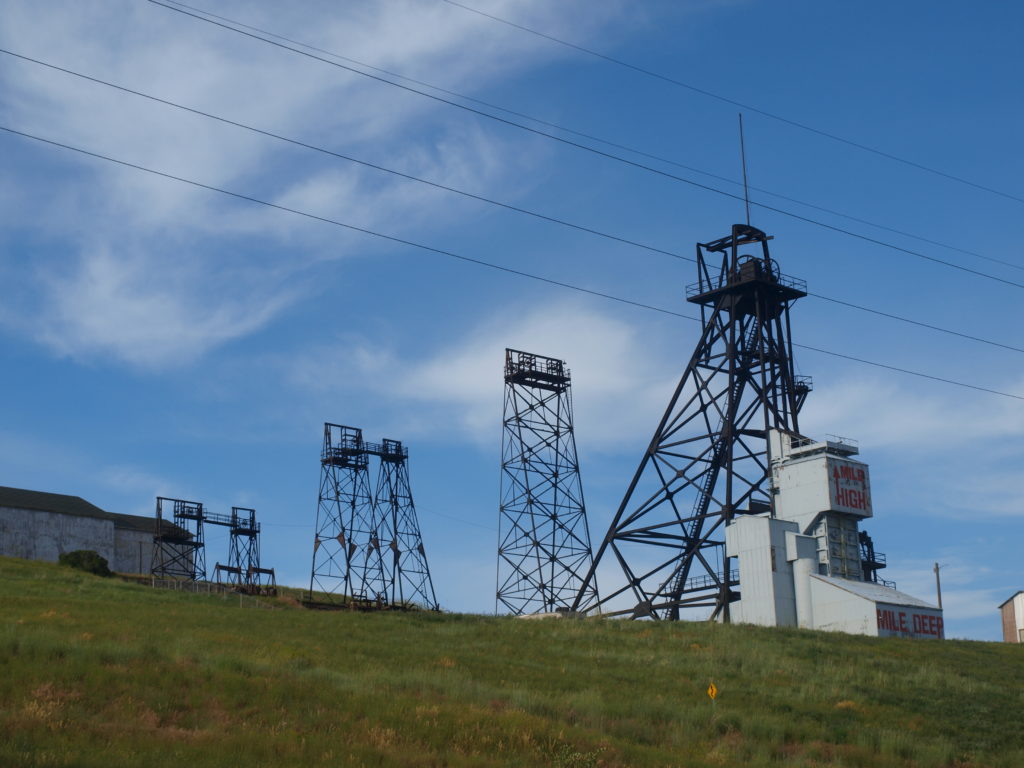
The Richest Hill on Earth. Once upon a time that was the nickname of the city of Butte, Montana. The minerals there not only made miners wealthy, but many immigrants took advantage of jobs that paid well enough to make themselves a very comfortable living.
In the 1860s, a basin a mile high sitting just to the west of the Continental Divide came to the attention of prospectors seeking gold. Placer deposits in the Silver Bow creek were rich enough that they were being lucratively worked by 1864. Gold was being mined from placers around Helena, Bannack, Virginia City, and other places throughout Western Montana.
As the prospectors searched for gold in the hills around Butte, they observed outcrops stained by manganese and iron, and tested for gold veins. What they found was evidence of silver. The area was so remote, however, that working the silver ore seemed unlikely.

Building Up Infrastructure for the Mines of Butte
In 1868 a smelter and a quartz mill had been built, but there was no one with adequate experience to run it properly. The area was pretty much deserted by 1871, as their was not enough water to continue working the placers. A few diehards stuck it out, but not much hard rock mining was happening until the proximity of the Union Pacific Railroad, located at Corrine, Utah, made it more economically feasible.
By using the railroad, expenses for supplies were considerably lower, and the to ship out the high grade ore was also less. Some of the first ore to come out of the area was shipped all the way to Baltimore by W.A. Clark, who would go on to become one of America’s top five richest men.
There were several small smelters and quartz mills that were either operational or being built by 1978. In December of 1880 growth in the area took off like a wildfire with the Utah & Northern Railroad coming into Butte. By now, silver was making a lot of men very wealthy, but there was a new moneymaker on the horizon.
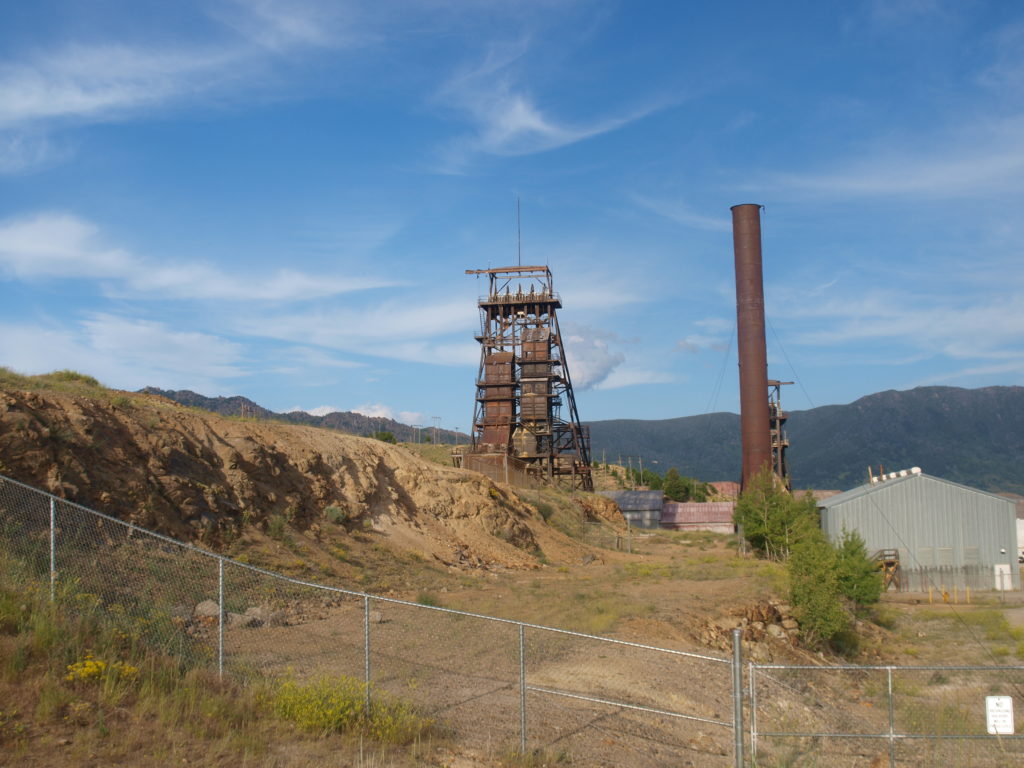
Forget Silver. Copper is King
In 1876 Marcus Daly, a man of vision came to town as the manager of the Alice silver mine. He realized the significance of a discovery that many had not yet – as the silver was being mined, it became evident that vast amounts of copper were being found as well. Daly realized that, with the advent of electricity, the demand for copper was going to soar. Daly, who purchased the Anaconda, and W.A. Clark were well placed to become even richer.
Nine million pounds of copper was produced in the district in 1882, and by the next year it had increased over 250%. Four smelters were working in 1884, and the biggest metallurgical plant in the world was being built by Marcus Daly at Anaconda. A mere five square mile area was yielding 210,000,000 pounds of copper per year by 1896, which was in excess of 26% of all the copper produced in the world, and 51% of copper produced in the U.S. The payroll of the 8,000 employees would equal $44,000,000 per month at the worth of today’s dollar.
The Montana Ore Purchasing Company, owned by the newest member of the Copper Kings, F. Augustus Heinze’s, monthly smelted copper in excess of 2,000,000 pounds. Just the gold and silver by-products of the copper mining was worth, $500,000,000 each year at today’s value.
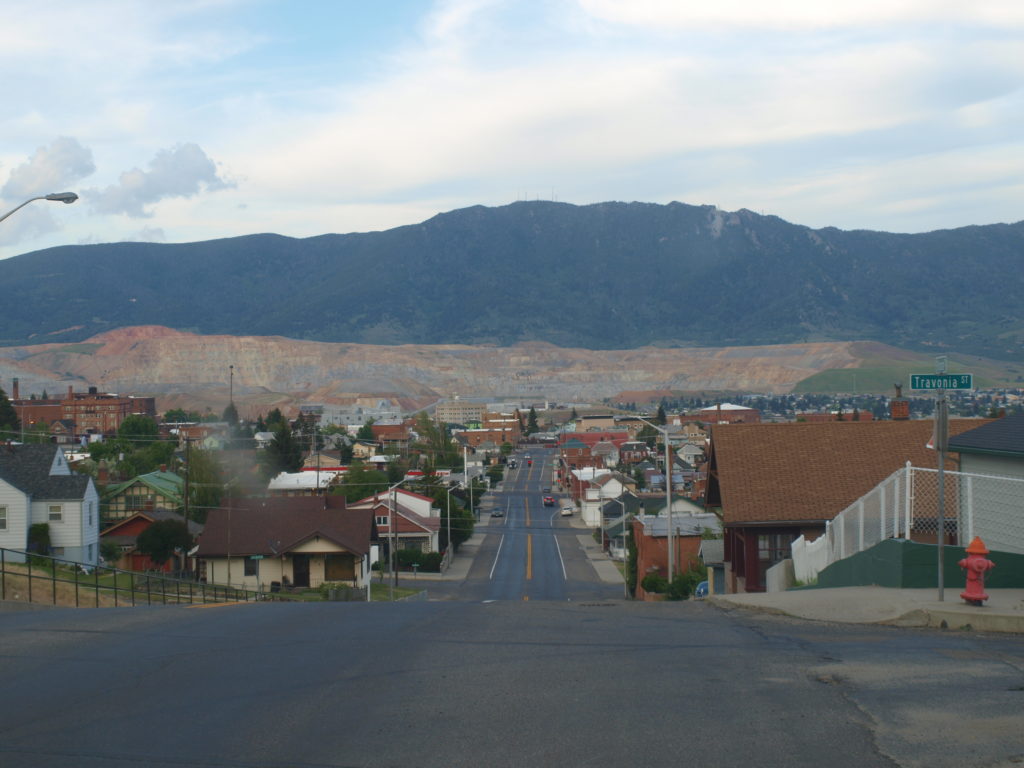
The War of the Copper Kings
Given that wealthy men are inclined to get even greedier, Clark Heinze and Daily eventually erupted into “The War of the Copper Kings”, as Augustus Heinze, Marcus Daly, and W.A. Clark battled it out for the lion’s share. After the death of Daly, a man by name of John D. Ryan became close to Daly’s wife, convinced Heinze to sell out, and eventually created the monopoly of Anaconda Copper Mining Company.
Anaconda acquired mining sites and smelters all over the world. Butte became famously known as “The Gibraltar of Unionism” battling for worker’s rights for the companies employees. On June 8, 1917 the worst hardrock mine disaster ever occurring in the U.S. took place at Granite Mountain. It claimed the lives of 168 men, but it was the catalyst for improved regulations regarding mine safety.
Anaconda took a serious hit in 1971 when the Chuquicamata mine in Chile, and the Cananea mine in Mexico became nationalized, and by 1983 mining operations were over in Anaconda. All the mines in Butte were scheduled to be closed as well until 1986 when they were purchased and mining resumed with 350 employees, and produces 50,000 tons per day of copper/molybdenum ore.

Fascinating Old Mining Town
Today, Butte is one of the most historically interesting cities you could visit. It is a fascinating place to take a walking tour. The W.A. Clark Copper King mansion is open for guided tours, as well as being open as a bed & breakfast. You can also tour the Clark Chateau, the historic home of Charles and Katherine Clark. Charles Clark was the eldest son of W.A. Clark.
You can go to the World Museum of Mining and see some of the relics used at the famous copper mines. You can even go underground in one of the mines. Visit the geology department of Montana Tech and you can see some amazing copper and gold minerals. They even have a 27-ounce gold nugget on display that was found 20 miles south of Butte.
Over a hundred years of mining have left the Butte area terribly scarred, and it has been named as the largest Superfund cleanup site in the country. At this time, the cleanup is very nearly completed.
Next: Metal Detecting Mine Dumps for Hard Rock Gold
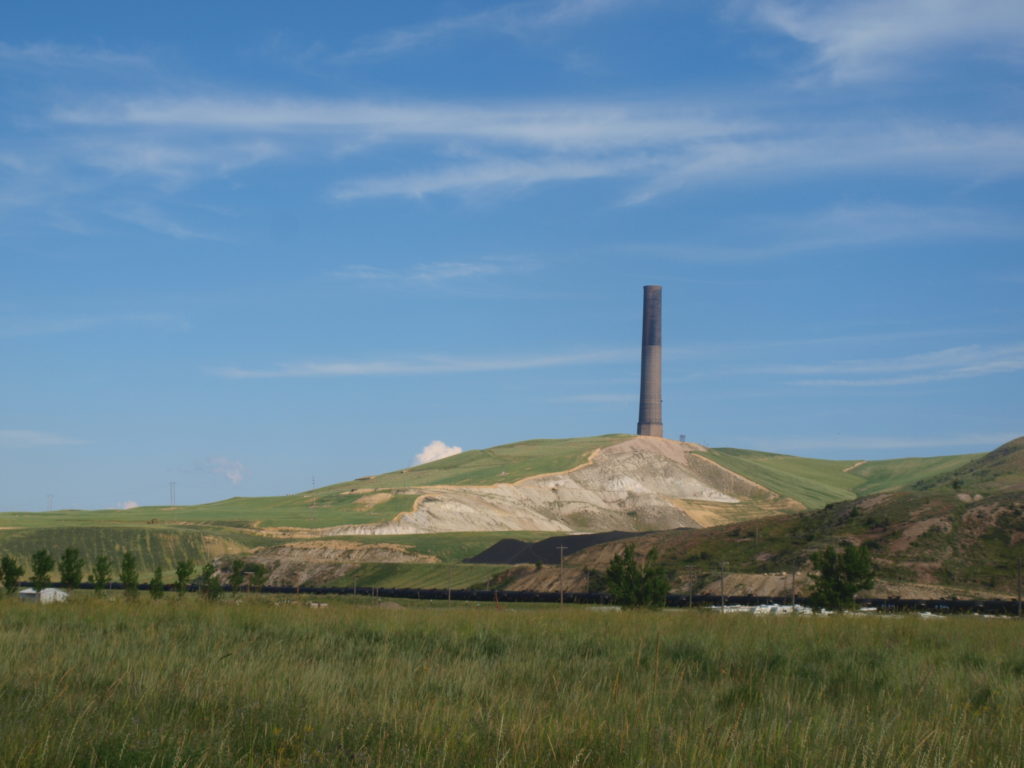
The Smelter in Anaconda.
Also Read: Early Days in Garnet – One of Montana’s Hidden Gems

